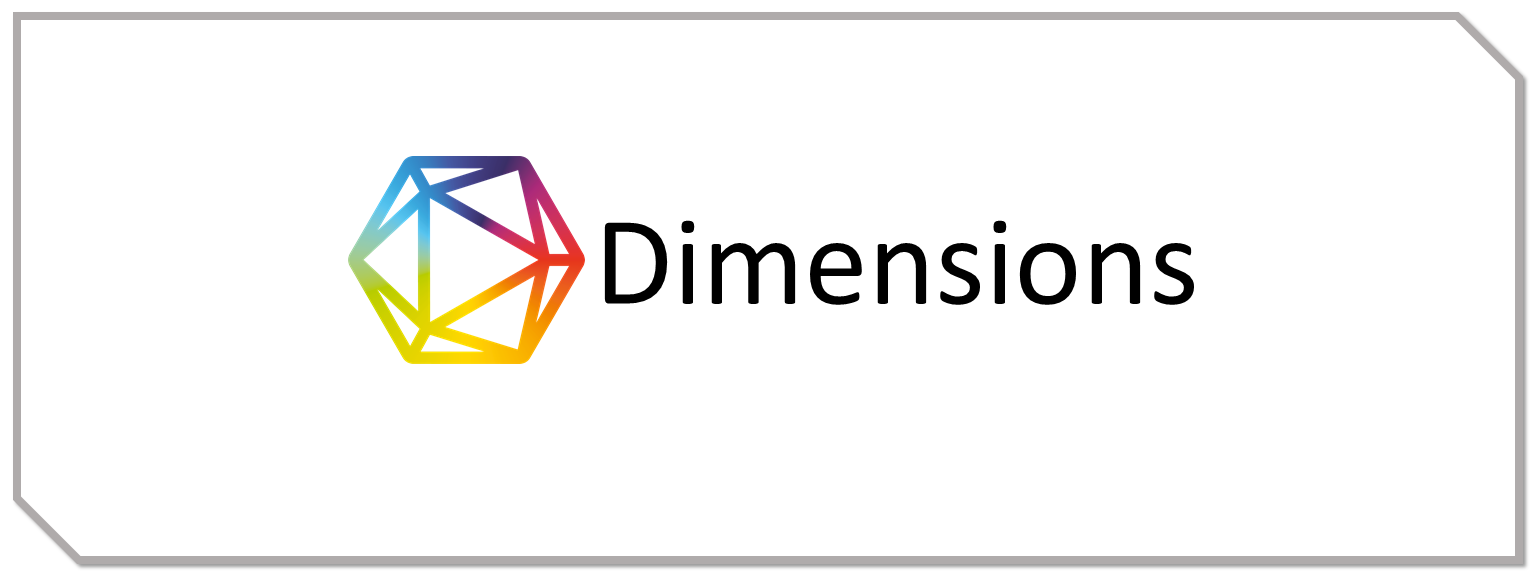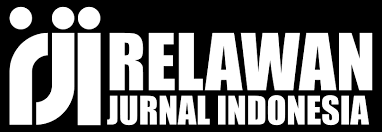Dampak Krisis Air Bersih Terhadap Kesehatan Dan Strategi Dalam Mengatasi Permasalahan Di Perkampungan Ciwantani RW 17
DOI:
https://doi.org/10.61722/jiem.v2i2.907Keywords:
Clean Water; Health; Crisis; Villages.Abstract
Clean water is an essential need for human life and the ecosystem. The availability of clean water is a serious concern in global dynamics, with implications including aspects of health, food security and ecosystem sustainability. The problem of safe and adequate clean water in rural areas includes a number of complex aspects that require serious attention. For example, the Ciwantani village, located in Cilame Village, Ngamprah District, West Bandung Regency, is one of the areas experiencing a clean water crisis in mid-October 2023. By using research methodology, quantitative research methodology and descriptive approach. This approach is focused on explaining, describing and analyzing the characteristics of the phenomenon under study, which aims to provide a comprehensive picture of water quality, health status and mitigation strategies. The aim of this research is to measure water quality, analyze health impacts, and describe and measure the effectiveness of clean water management strategies in villages, especially Ciwantani RW 17 village to provide recommendations and contribute to scientific literature and public policy. Based on interviews with 16 subjects in the Ciwantani village in the RT 04 area who faced a clean water crisis in mid-October, they stated that the clean water crisis is a problem that requires special attention because water quality has a very important impact on health. As a result, this research provides an understanding of the importance of clean water which has a huge impact on health and how to overcome strategies.
References
DAFTAR REFERENSI
BPS, B. P. (2023). Statistik Lingkungan Hidup Indonesia 2022. Jakarta: BPS.
PUPR., K. P. (2022). Capaian Program Air Minum dan Sanitasi 2022. . Jakarta: Kementerian PUPR.
WHO, W. H. (2022). Safe Water for All: A Global Assessment of Water Services. Geneva: WHO.
WHO., W. H. (2021). Water, Sanitation, and Hygiene (WASH): Key Facts. . Geneva: WHO.
Amalia, B. I. (2014). Ketersediaan air bersih dan perubahan iklim: Studi krisis air di Kedungkarang Kabupaten Demak. Teknik PWK (Perencanaan Wilayah Kota),, 3(2), 295-302.
Amit, R. &. (2019). Mengukur keterjangkauan akses terhadap air bersih: Pendekatan mengatasi biaya. Sumber Daya, Konservasi dan Daur Ulang, 141 , 410-417.
Indonesia., K. K. (2019). Pedoman Teknis Penyelenggaraan Sistem Penyediaan Air Minum di Wilayah Perkotaan dan Perdesaan. Jakarta: Kementerian Kesehatan Republik Indonesia.
Khalifa, M. &. (n.d.). (2018). Pentingnya air bersih. Sch J Appl Sci Res , , 1 (7), 17-20.
Mulyanti, H. (2023). "Apakah Kekeringan Ekstrem Lokal Berkaitan Dengan Fenomena El Niño?. Geodika: Jurnal Kajian Ilmu dan Pendidikan Geografi 7.2 , 154-164.
Natsir, M. F. (2019). Pelatihan Pengolahan Air Dalam Mengatasi Krisis Air Bersih. JPPM (Jurnal Pengabdian Dan Pemberdayaan Masyarakat), 3(2), 253-258.
PUPR., •. K. (2023). Rencana Strategis Kementerian Pekerjaan Umum dan Perumahan Rakyat 2020-2024. . Jakarta: Kementerian.
Rakyat., K. P. (2019). Rencana Strategis Kementerian Pekerjaan Umum dan Perumahan Rakyat Tahun 2020-2024. Jakarta: Kementerian Pekerjaan Umum dan Perumahan Rakyat.
Ritchie, H. &. (2021). Air bersih dan sanitasi. Dunia kita dalam data .
Thompson, T. S. (2003). Menyediakan air bersih, menjaga air tetap bersih: pendekatan terpadu. . Jurnal Internasional Penelitian Kesehatan Lingkungan, 13 (sup1), S89-S94.
UNICEF. (2023). Water, Sanitation, and Hygiene: A Snapshot of Global Progress. . New York: UNICEF.
Downloads
Published
Issue
Section
License
Copyright (c) 2024 JURNAL ILMIAH EKONOMI DAN MANAJEMEN

This work is licensed under a Creative Commons Attribution-ShareAlike 4.0 International License.













